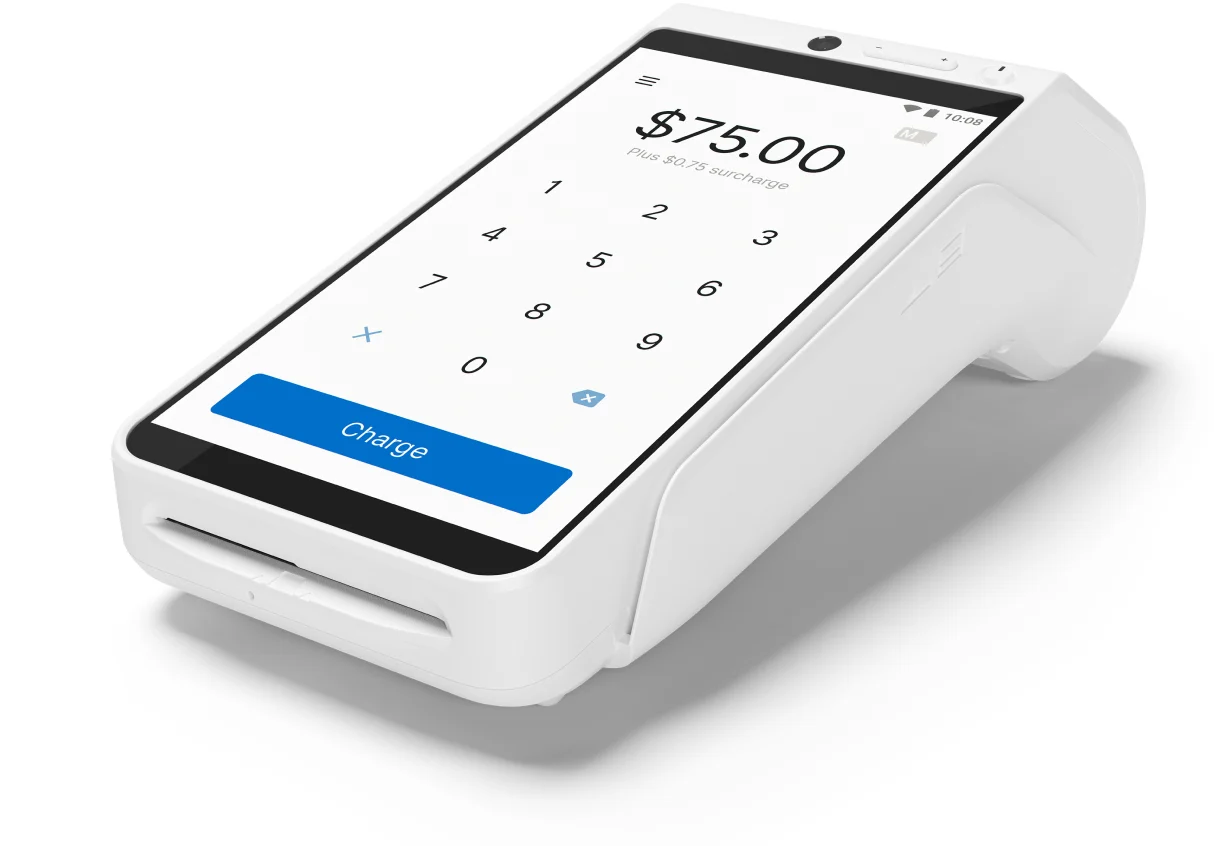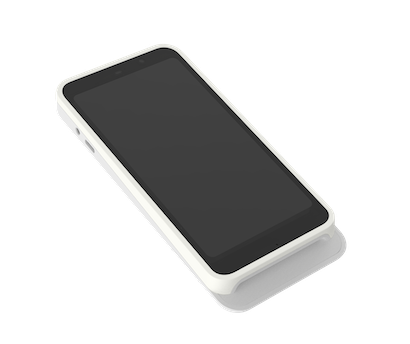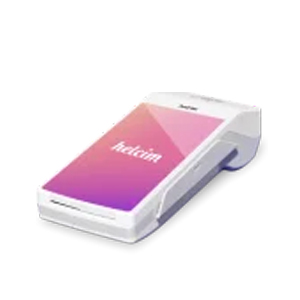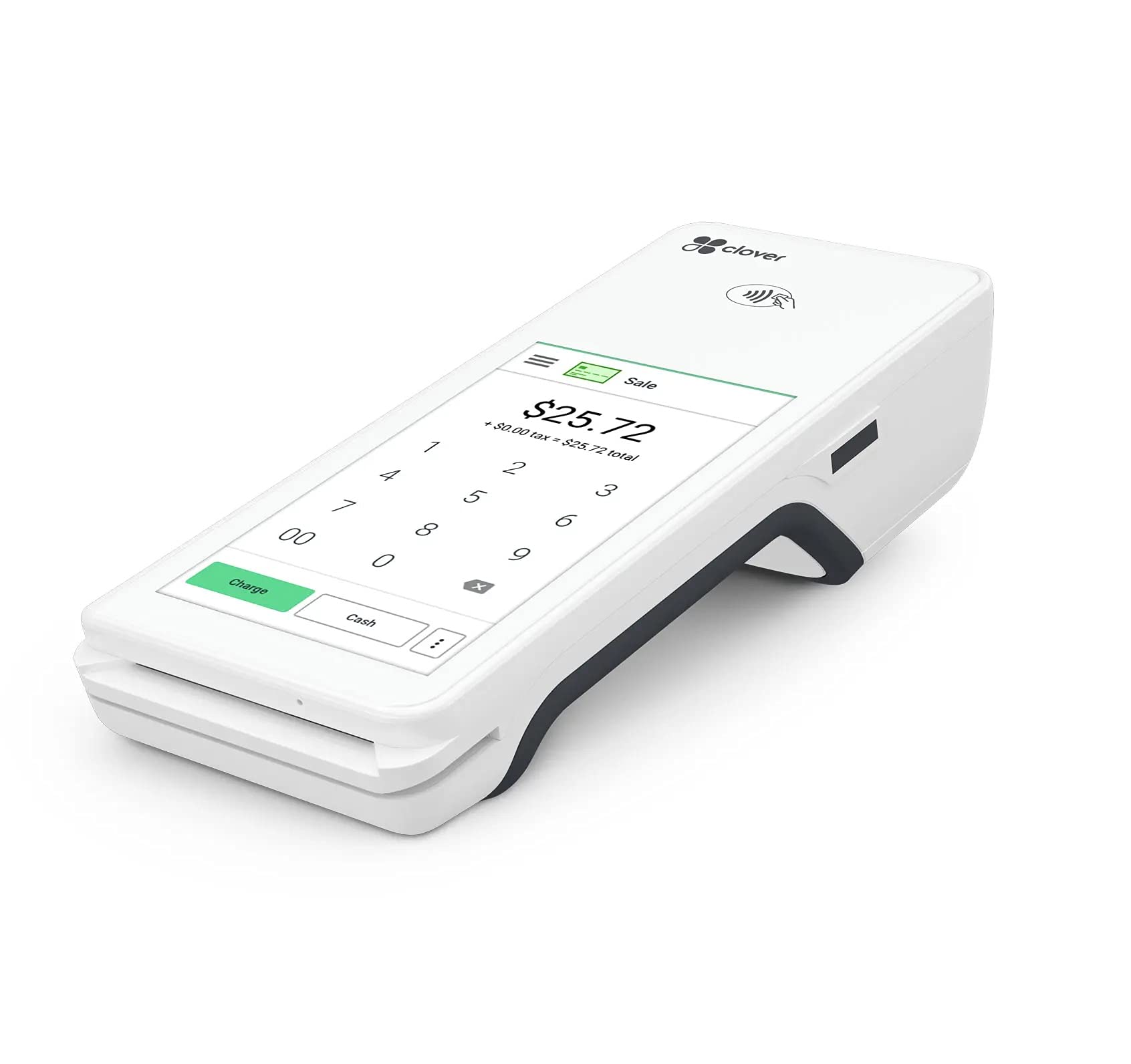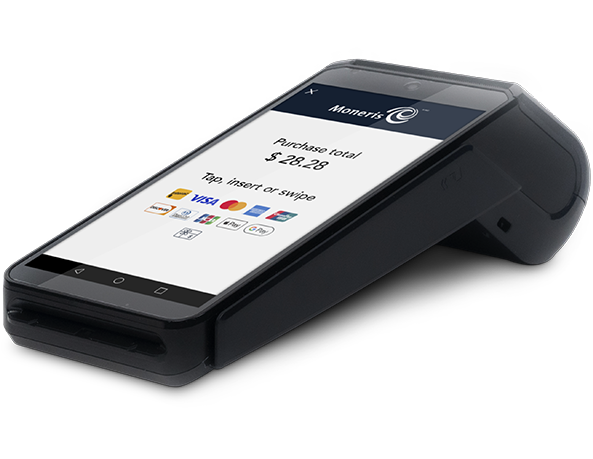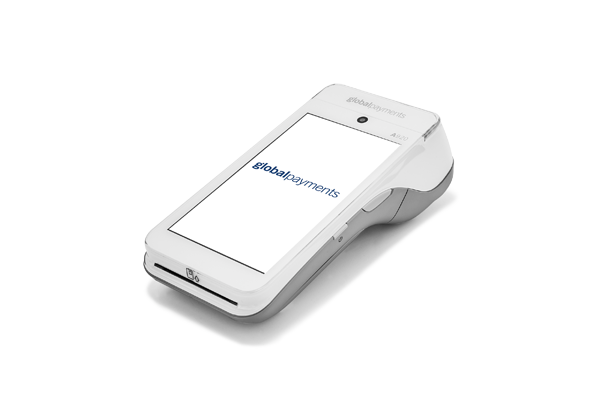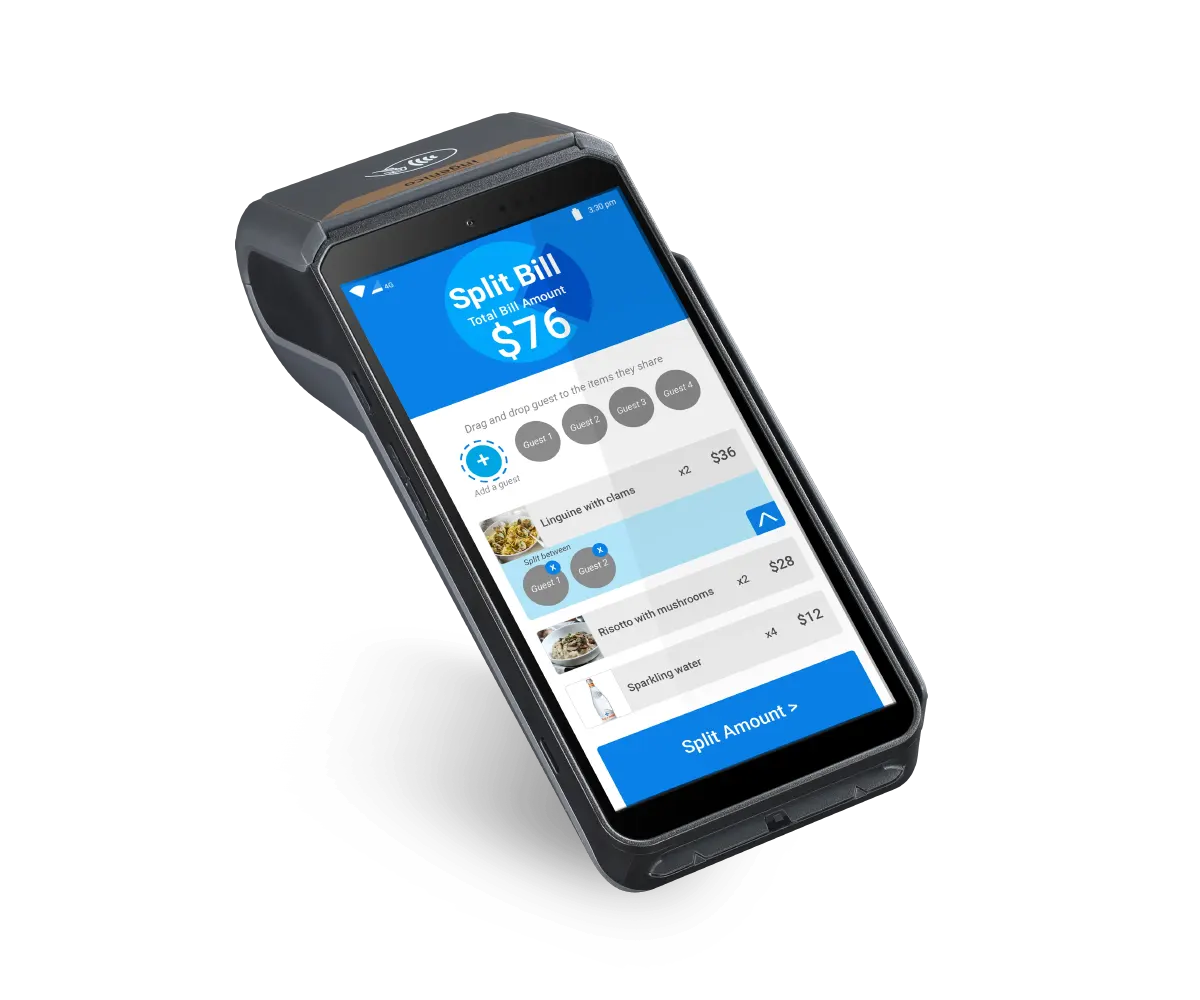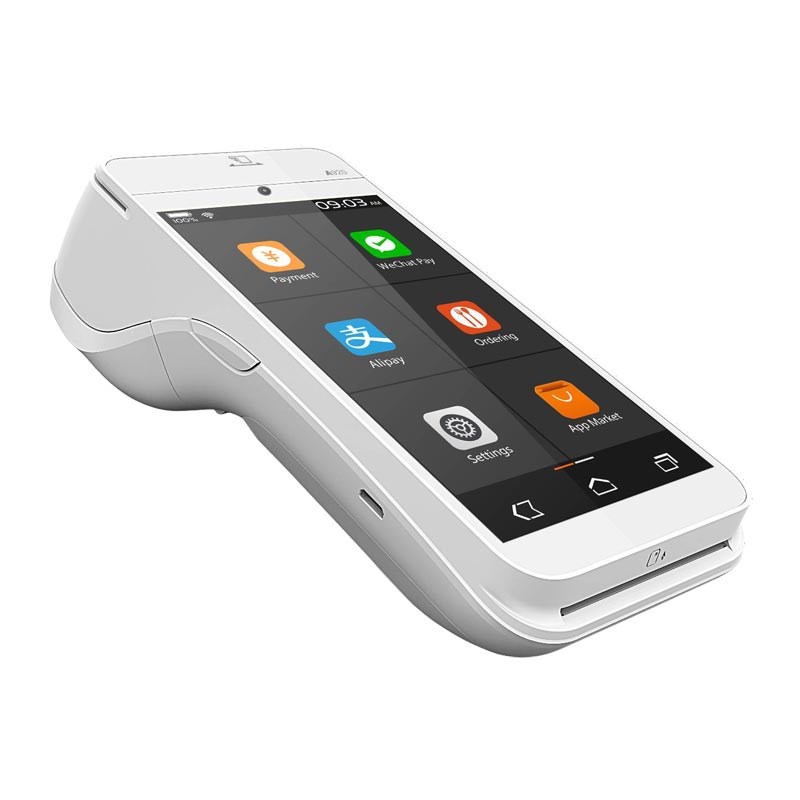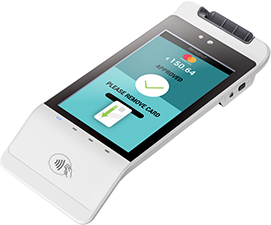Payment terminal and card reader cost comparison
| Card machines payment processors – Canada | Card reader cost | Payment terminal cost | Payment Fees cost – credit cards |
| Square | $69 | $349 | 2.65% |
| Clover | $49 | $599 | 2.30% |
| Stripe | $79 | $299 | 2.70% |
| Global Payments | na | na | 1.50% |
| Moneris | na | na | 1.56% |
| Helcim | $139 | $429 | 1.73% |
| Worldline | na | na | 2.70% |
| PAX | na | na | na |
| Ingenico | na | na | na |
Payment terminals and card readers in the US typically work by utilizing a combination of hardware and software to facilitate transactions between merchants and customers. Here’s a general overview of how they work:
- Card Swiping/Insertion: When a customer is ready to make a purchase, they either swipe their card or insert it into the card reader, depending on the type of card (magnetic stripe or chip card).
- Data Transmission: The card reader reads the information stored on the magnetic stripe or chip of the card. This information typically includes the card number, expiration date, and other relevant details.
- Encryption: The card reader encrypts the data to ensure its security during transmission. This encryption helps protect sensitive cardholder information from being intercepted or stolen by unauthorized parties.
- Authorization Request: Once the card information is securely transmitted, the payment terminal sends an authorization request to the card issuer (e.g., bank or financial institution) through the payment network (e.g., Visa, Mastercard, American Express).
- Authorization Response: The card issuer receives the authorization request, verifies the card details, and checks the cardholder’s account for available funds or credit limit. Based on this information, the issuer sends an authorization response back to the payment terminal.
- Transaction Approval/Decline: Upon receiving the authorization response, the payment terminal either approves or declines the transaction based on the issuer’s decision. If approved, the terminal prints a receipt for the customer to sign (if required) and completes the transaction.
- Settlement: At the end of the day, the merchant settles their transactions with their acquiring bank. The funds from approved transactions are transferred from the cardholder’s account to the merchant’s account, typically within a few business days.
- End of Day Procedures: Merchants usually perform end-of-day procedures on their payment terminals to reconcile transactions, print reports, and ensure that all transactions are properly accounted for.
It’s important to note that with the introduction of contactless payment methods like NFC (Near Field Communication) and mobile wallets (e.g., Apple Pay, Google Pay), the process may vary slightly, but the underlying principles remain largely the same. Additionally, advancements in technology and security measures continue to evolve the payment terminal landscape.
